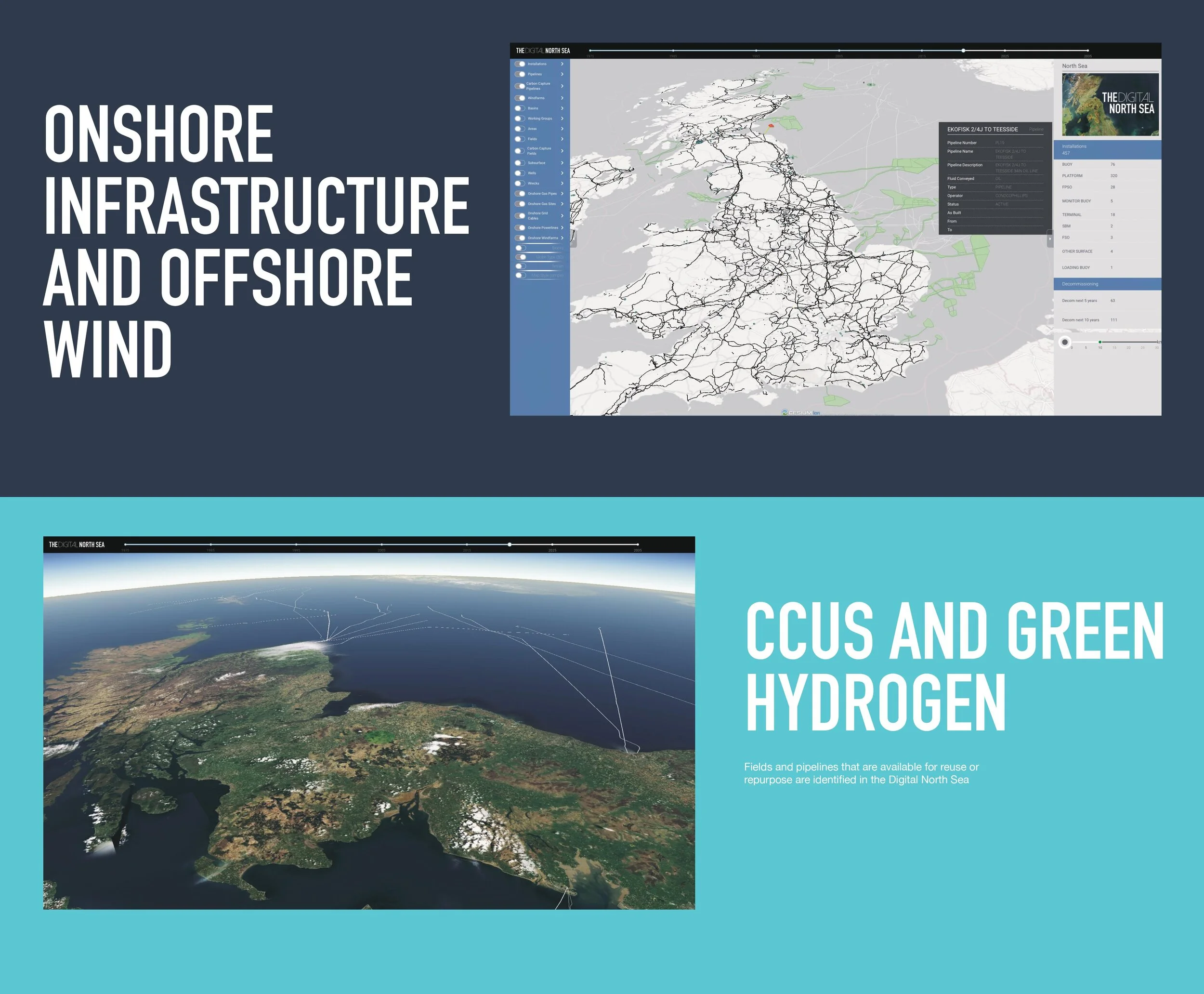
In the last 10 years, the global growth in offshore wind has been significant. Alongside the UK’s and EU’s leading position, momentum in China, Ireland and the USA is gathering pace
With such growth comes complexity. The logistical challenges of installing arrays of turbines requires good definition, stringent planning, efficient generation of, access to, and management of complex data sets.
If anything, a more intense challenge exists for the 25+ years period of operation and maintenance (O&M) of these large infrastructure assets.
Digital twin technology is a critical means by which both the construction and O&M phases of offshore wind farms can be de-risked. Numerical experiments on farm orientation, maintenance interventions, crew transfer optimisations, inter-array cable routing, etc. allow scenario planning to be undertaken ahead of any firm investment or operational expenditure decisions being made.
The Digital twinning of actual site characteristics, including subsea bathymetry, also allows a repository of data to be generated for future quality assurance purposes.
As a nascent industry, it is essential that as much as possible is done to facilitate strategic asset management from the outset.
Digital twinning offers this opportunity. The work done to date by Unasys for its Digital North Sea (DNS) project is of direct relevance to the regions’ Offshore Wind sector. Moreover, the algorithms and processes developed for the DNS scheme are readily adaptable to all ocean-based asset bases.
The North Sea has led the way, with UK, Germany, the Netherlands, and Denmark among the EU's main offshore producers. Currently, the biggest offshore wind producer in Europe is Britain. Its installed wind capacity of about 10 GW and its expansion plans were not included in the strategy.
“We need clean energy just as much as we need healthy seas”













